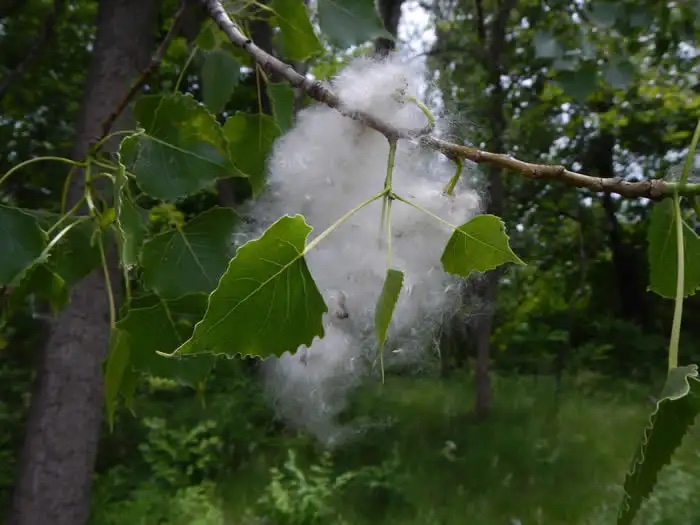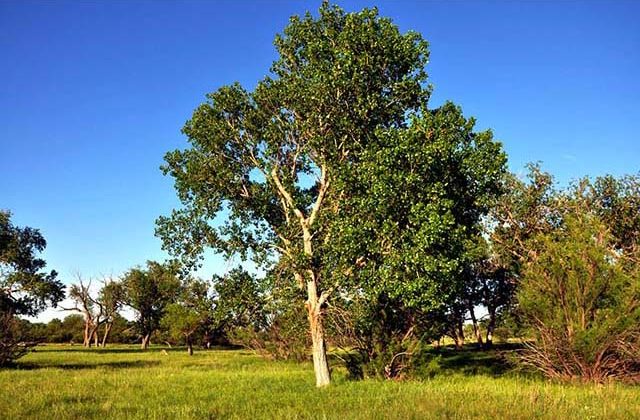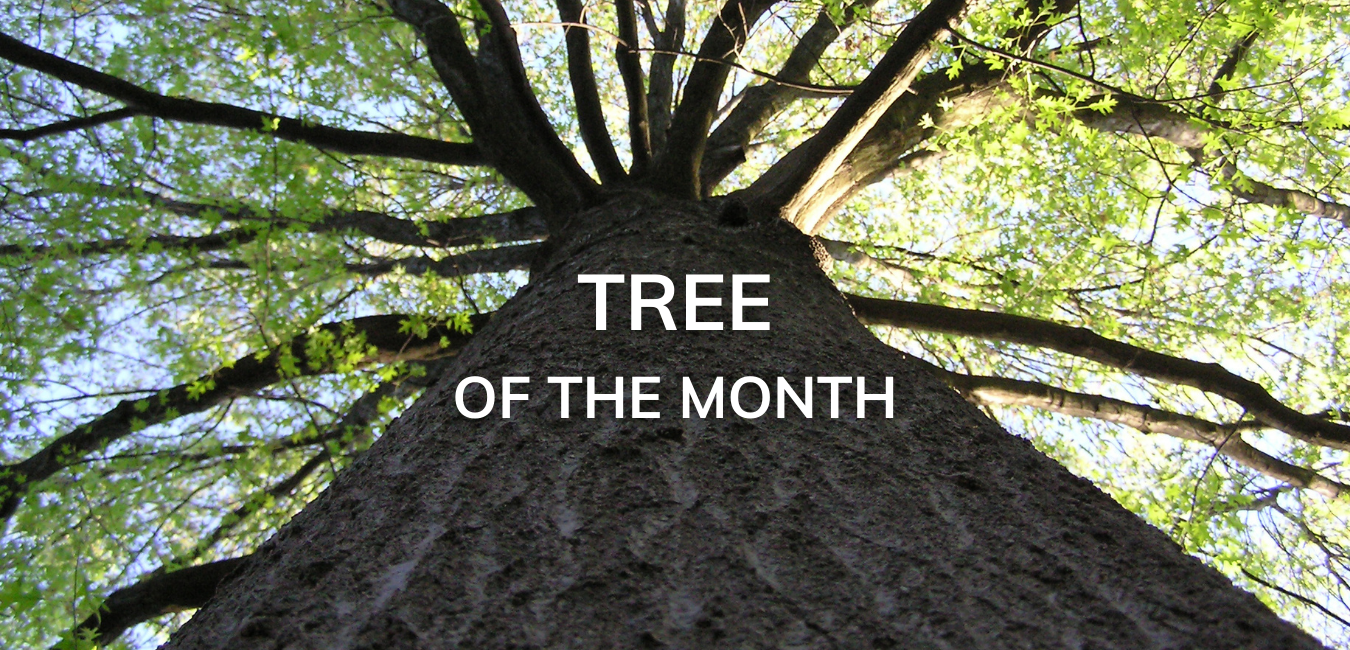
Photo by Chris Earley 
Photo by James L. Reveal
The eastern cottonwood is generally found clustered around the lower Great Lakes in Ontario and throughout the eastern half of the U.S. It prefers rich, moist, and sandy habitats near rivers and lakes. It is a large, fast-growing tree that can reach a height of 30 m and diameter of 100 cm in less than 30 years. While most have one main trunk, some are multi-stemmed. The root system is generally shallow and wide-spreading, but can be deep in deeper soils. It does not tolerate shade. As with many poplars, this tree can hybridize with related species, making it difficult to tell them apart. Eastern cottonwoods don’t have a long lifespan, with few surviving beyond 80 years.
The leaves of the Eastern cottonwood are 5-10 cm long, triangular (heart-shaped) with a pointed tip. Each leaf has 20–25 rounded teeth per side and no teeth on the tip or near the leaf stalk. It also has 3-5 warty glands at the base of the leaf blade. In the fall, the leaves turn yellow. The bark of young trees is smooth and yellowish-grey, which fractures with age and turns grey. The tiny, red (male) and green (female) flowers are clustered on long catkins on separate trees. After releasing their pollen, the male catkins turn purple, staining nearby sidewalks blue. The cottonwood’s fruit (capsules) resemble tiny green beads on a necklace, and in early summer, the capsules split into 3 or 4 parts, releasing hundreds of tiny seeds, each with silky white hairs; once the seeds are blown away, the remaining cottony fluff covers everything nearby.
While not recommended as an ornamental shade tree due to its high susceptibility to wind and ice damage, the cottonwood has many uses. It is commercially cultivated for its soft wood and bark. Its leaves, rich in protein, are used in feed for cattle and chickens. It is the favourite tree of beavers and squirrels love the emerging male catkins. Many wild animals enjoy the shoots, leaves and bark of young cottonwoods.
Resources
http://canadiantreetours.org/species-pages/Eastern_cottonwood.html
https://www.uoguelph.ca/arboretum/thingstosee/trees/easterncottonwood
https://treecanada.ca/resources/trees-of-canada/eastern-cottonwood-populus-deltoides-ssp-deltoides/
https://tidcf.nrcan.gc.ca/en/trees/factsheet/54?wbdisable=true
https://plants.usda.gov/factsheet/pdf/fs_pode3.pdf
https://www.nrs.fs.fed.us/fmg/nfmg/bl_hardwood/eco/spechar/cottonwood_east.html
Image Sources
Early, Chris. University of Guelph, Aboretum. “Eastern Cottonwood”
Reveal, James L. Wildflower Center Digital Library. “Populus deltoides”


